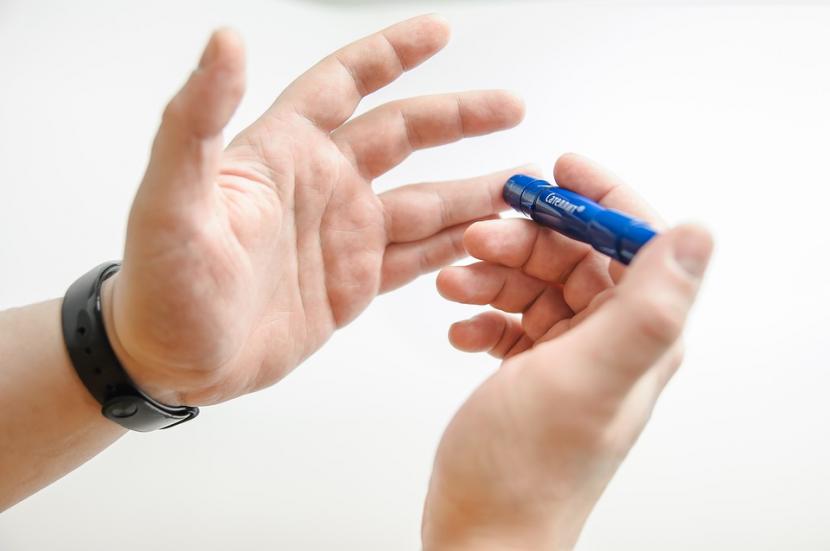Diabetic adherence is low due to the complicated treatment process.
REPUBLIKA.CO.ID, JAKARTA — Diabetes is a global endemic disease with a prevalence rate that continues to increase rapidly throughout the world, both in developing and developed countries. Although various treatments are now available, many patients diabetes type-2 who still face various problems such as difficulty controlling glycemic levels, body weight, and reducing the risk of cardiovascular and kidney disease, as well as low levels of adherence to medication.
Chairman of the Executive Board of the Indonesian Endocrinology Association (PB PERKENI) Prof. Dr. dr. Ketut Suastika, Sp.PD-KEMD said, despite following clinical guidelines and performing glycemic control properly, patients are often unable to lower their HbA1c values until they reach the target.
“Studies show that more than 70 percent of adults with type 2 diabetes in Indonesia fail to achieve the HbA1c target of below 7 percent,” he said in a press statement received republika.co.id, Tuesday (3/8).
Achieving the target HbA1c value is important because it can reduce microvascular complications, reduce long-term cardiovascular disease rates when applied to newly diagnosed patients, and reduce diabetes-related mortality. The multifactorial approach to the management of type 2 diabetes requires a number of different treatments.
This can reduce the level of patient compliance during treatment. A study shows that about 50 percent of people with diabetes have very low adherence rates because of the complicated treatment process. Simplifying the treatment process is a key step to improve patient compliance.
“Various unmet patient needs and low patient compliance in carrying out diabetes treatment can lead to the risk of serious complications,” said Prof. Suastika.
According to him, we need to set new standards for the treatment of type-2 diabetes. When the condition is managed properly, the risk of complications that can be life-threatening can be reduced.
He added that GLP-1 RA therapy, which was used once a week, was able to significantly reduce HbA1c levels. About 80 percent or 4 out of 5 patients treated with GLP-1 RA managed to achieve an HbA1c level below 7 percent.
“This is certainly good news because it is very important for people with diabetes to always control their blood sugar levels,” he said.
In addition, during clinical trials, this new innovative treatment was able to significantly lose weight. At least 3 out of 5 patients managed to lose weight by more than 5 percent.
“This treatment also reduces the risk of cardiovascular disease by 26 percent in type 2 diabetes patients with high risk and a history of cardiovascular disease, and reduces the risk by 36 percent of worsening or the occurrence of impaired kidney function due to diabetes in type 2 diabetes patients with high cardiovascular risk. ,” he added.
Type 2 diabetes is a serious condition that affects more than 10.7 million people in Indonesia. Despite the advances in treatment, there are still unmet patient needs.
– .


